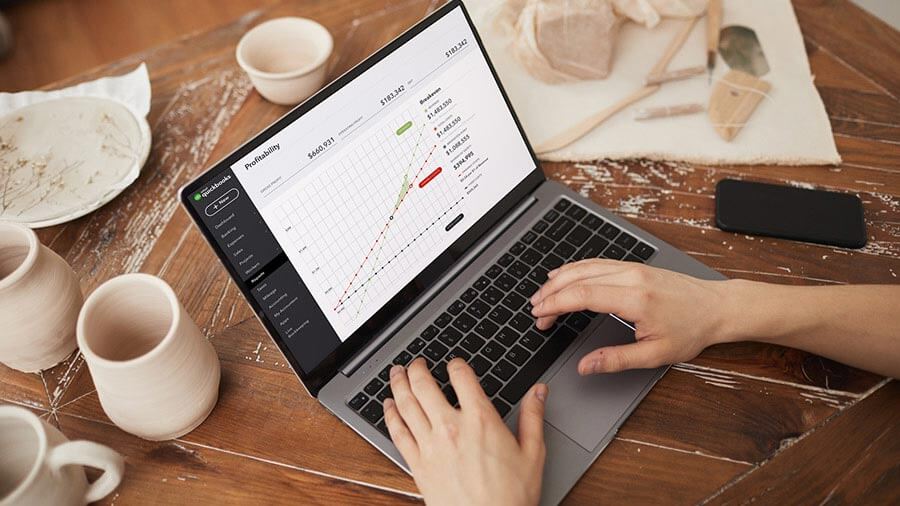What is price skimming?
When you use price skimming, you start with a high initial price for a new product and then decrease its price over time.
It’s effective at capturing numerous different customer segments. Your highest initial price will attract early adopters and brand loyalists who are eager to get their hands on something when it launches.
As the price drops, you’ll continue to appeal to more and more price-sensitive customers. That’s where the term “price skimming” comes from—you’re continuing to skim different market segments off the top as you keep reducing the price of the product. You’ll also hear this referred to as price discrimination.
A variety of different businesses and industries use this pricing strategy, but it’s especially common in:
- Technology: Apple is perhaps one of the notorious examples of price skimming. It’s a strategy they’ve used with everything from iPhones to iPods. The iPod classic was priced at R4,576 in 2002 and was decreased to R2,365 about one year later. Other technology companies like Samsung and Google have also used this strategy. They capture a small number of innovators and early adopters upfront, hit their sales peak at mid-market, and then drop off again when the price is lowered further.
- Retail and ecommerce: Retailers or ecommerce companies often start with a high initial price, but then roll out sales and other steep discounts to appeal to their price-sensitive segment of customers. Handbag retailer, Kate Spade, has an entire sale section on their website where they display the original price of the product and its new lower price.
- Software as a service (SaaS): Software companies have been known to use price skimming as well. Salesforce is a customer relationship management (CRM) platform that started with a high price point for enterprise-level customers. They later rolled out more affordable options for smaller businesses.
Note that price skimming is the opposite of penetration pricing, where you start with a low price to penetrate the market and pull customers away from the competition. Penetration pricing is used frequently by service providers and some product-based businesses as well.






